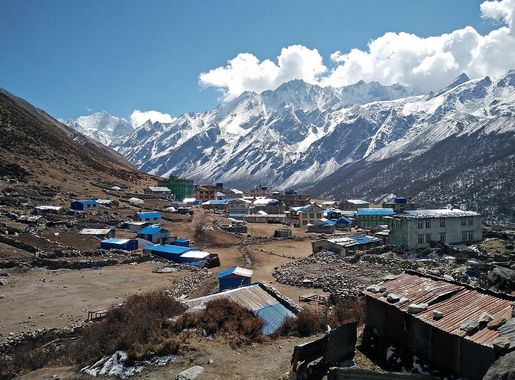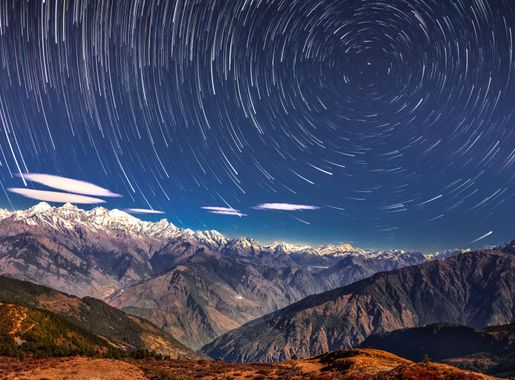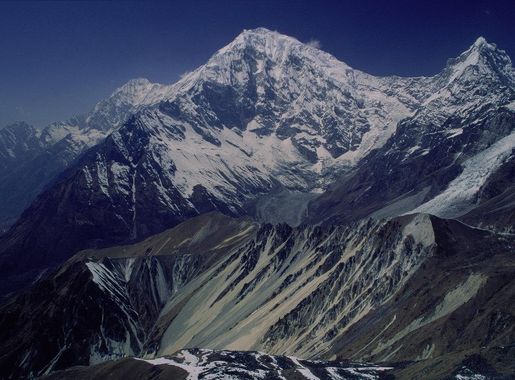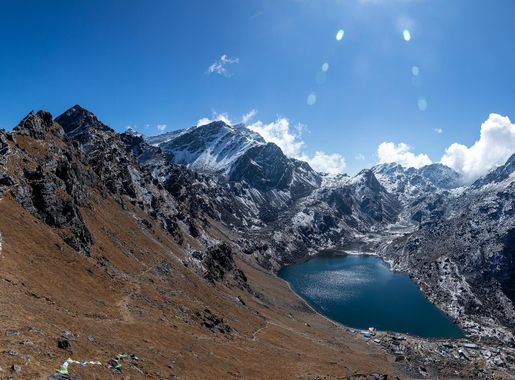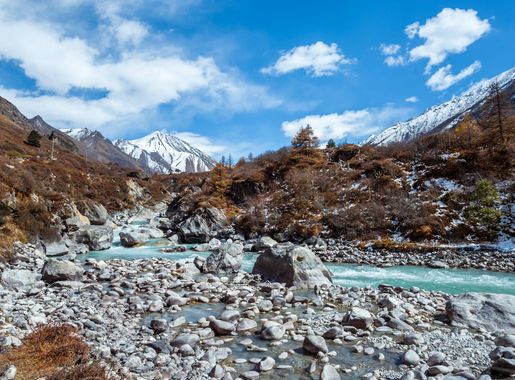
Langtang Valley: The Hidden Gem of the Himalayas
Explore the serene beauty of Langtang Valley in Nepal, where pristine nature, rich culture, and spiritual tranquility await you in the heart of the Himalayas.
Langtang Valley, nestled in the heart of the Himalayas in Nepal, is a true sanctuary for nature lovers and adventure seekers. This stunning valley offers breathtaking views of snow-capped peaks, lush green forests, and tranquil rivers. It is less crowded compared to other trekking destinations in Nepal, making it an ideal spot for those seeking peace and solitude. One of the main attractions of Langtang Valley is the Langtang National Park, home to diverse flora and fauna. Trekking through this park, you may encounter rare wildlife like the red panda, Himalayan tahr, and various bird species. The trail also passes through charming Tamang villages, where you can experience the rich culture and warm hospitality of the local people. The valley is also known for its ancient monasteries and sacred sites, such as the Kyanjin Gompa, which stands at an elevation of 3,870 meters. Here, you can witness the spiritual practices of Tibetan Buddhism and enjoy panoramic views of the surrounding mountains. Don't miss the chance to taste the local yak cheese, a delicacy produced in the region. Langtang Valley offers a unique blend of natural beauty, cultural richness, and spiritual serenity. Whether you are trekking to explore the scenic trails, visiting local villages to learn about their traditions, or simply seeking a serene retreat, Langtang Valley promises an unforgettable experience.
Local tips in Langtang Valley
- Best time to visit is from March to May and September to November for clear skies and moderate temperatures.
- Make sure to acclimatize properly to avoid altitude sickness, especially if trekking to higher elevations.
- Hire a local guide to enhance your trekking experience and learn more about the culture and natural history.
- Bring cash as there are no ATMs in the remote areas of Langtang Valley.
- Respect local customs and traditions, especially when visiting monasteries and sacred sites.
Langtang Valley: The Hidden Gem of the Himalayas
Langtang Valley, nestled in the heart of the Himalayas in Nepal, is a true sanctuary for nature lovers and adventure seekers. This stunning valley offers breathtaking views of snow-capped peaks, lush green forests, and tranquil rivers. It is less crowded compared to other trekking destinations in Nepal, making it an ideal spot for those seeking peace and solitude. One of the main attractions of Langtang Valley is the Langtang National Park, home to diverse flora and fauna. Trekking through this park, you may encounter rare wildlife like the red panda, Himalayan tahr, and various bird species. The trail also passes through charming Tamang villages, where you can experience the rich culture and warm hospitality of the local people. The valley is also known for its ancient monasteries and sacred sites, such as the Kyanjin Gompa, which stands at an elevation of 3,870 meters. Here, you can witness the spiritual practices of Tibetan Buddhism and enjoy panoramic views of the surrounding mountains. Don't miss the chance to taste the local yak cheese, a delicacy produced in the region. Langtang Valley offers a unique blend of natural beauty, cultural richness, and spiritual serenity. Whether you are trekking to explore the scenic trails, visiting local villages to learn about their traditions, or simply seeking a serene retreat, Langtang Valley promises an unforgettable experience.
When is the best time to go to Langtang Valley?
Iconic landmarks you can’t miss
Langtang National Park
Experience the breathtaking landscapes, diverse wildlife, and cultural richness of Langtang National Park in the heart of Nepal's Himalayas.

Langtang Trek
Experience the breathtaking beauty and rich culture of the Langtang Trek, a top hiking destination in the heart of the Himalayas.
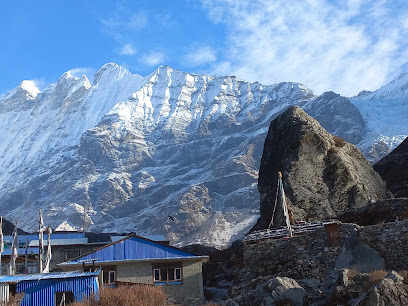
Langtang Lirung
Experience the breathtaking beauty and adventure of Langtang Lirung, a majestic mountain peak in the heart of the Himalayas.
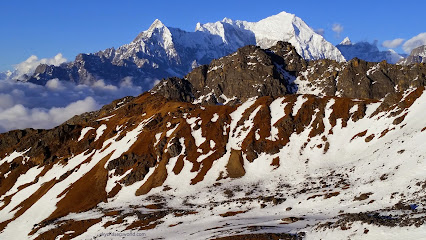
Kyanjin Ri Peak (4770m)
Experience the breathtaking beauty of Kyanjin Ri Peak, a must-visit hiking destination in Nepal's stunning Langtang region, perfect for adventurers and nature lovers.
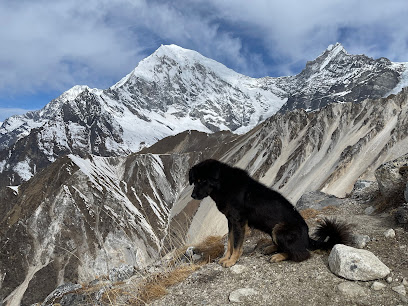
Langtang Valley Trek
Discover the breathtaking landscapes and rich culture of Nepal on the Langtang Valley Trek, a must-visit for all hiking and adventure enthusiasts.
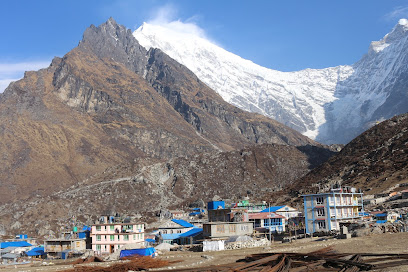
Tsangbu Ri
Discover Tsangbu Ri, a breathtaking mountain peak in the Langtang region of Nepal, where adventure and stunning landscapes await every traveler.
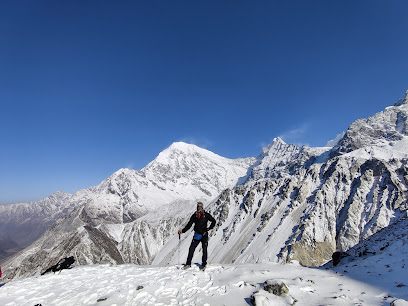
Lamtang Valley
Explore Langtang Valley, a breathtaking trekking paradise in Nepal, where stunning landscapes meet rich cultural experiences.
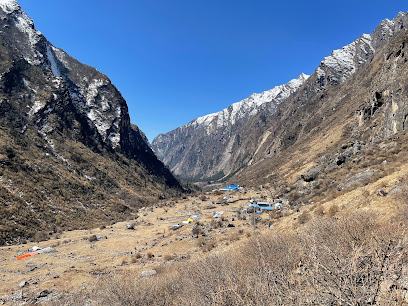
Kyanjing Valley
Explore Kyanjing Valley, a historical landmark in Nepal, where stunning landscapes meet rich cultural heritage in the heart of the Himalayas.
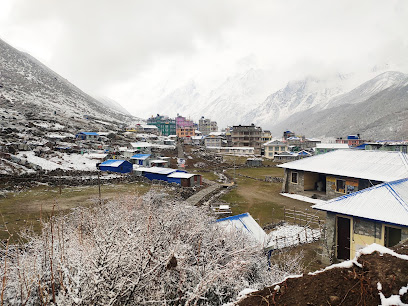
Old Langtang village
Discover the resilient spirit and stunning landscapes of Old Langtang Village, a hidden gem in the heart of the Himalayas, rich in culture and natural beauty.
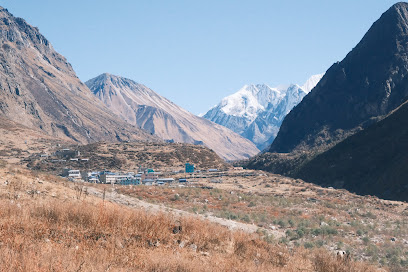
Langtang Village
Explore the enchanting Langtang Village, where breathtaking Himalayan views and rich cultural heritage await every traveler.
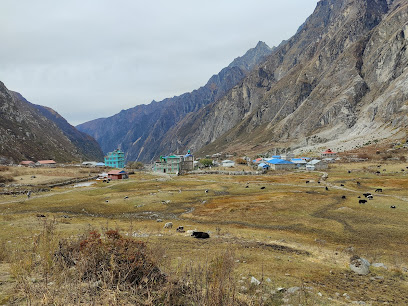
Ganja La Trail
Explore the breathtaking Ganja La Trail in Nepal's Langtang region—an unforgettable hiking adventure through majestic landscapes and rich cultures.
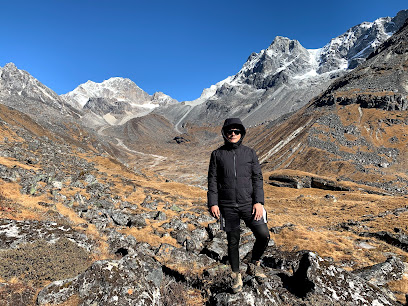
Unmissable attractions to see
Tserko Ri
Explore the breathtaking beauty of Tserko Ri, a scenic gem in Langtang offering unparalleled Himalayan views and rich cultural experiences.
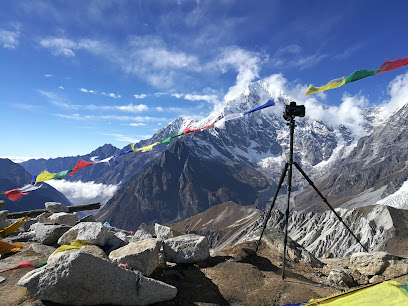
Lama Hotel
Discover the breathtaking beauty and rich culture of the Langtang region at Lama Hotel, a scenic retreat in the heart of the Himalayas.
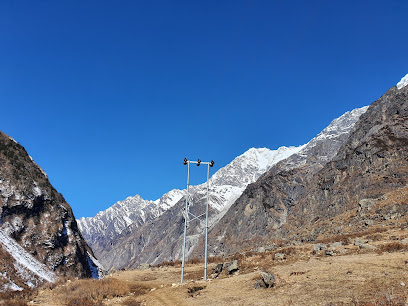
Langtang Trek
Explore the stunning beauty and rich culture of Langtang Trek, where the majestic Himalayas meet warm local hospitality.
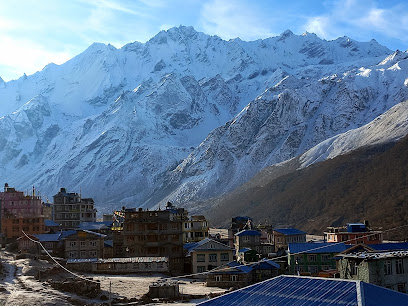
Kyanjin Ri Peak (4770m)
Experience the thrill of trekking to Kyanjin Ri Peak, where panoramic Himalayan views meet rich cultural heritage in Nepal's stunning Langtang region.
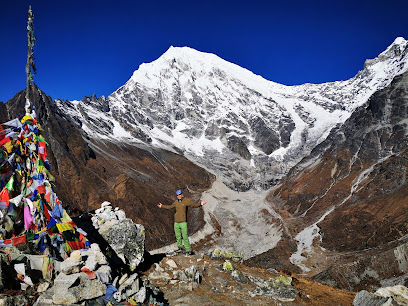
Langtang Valley Trek
Discover the breathtaking beauty of Langtang Valley Trek, where stunning landscapes and rich culture await every adventurer in Nepal.
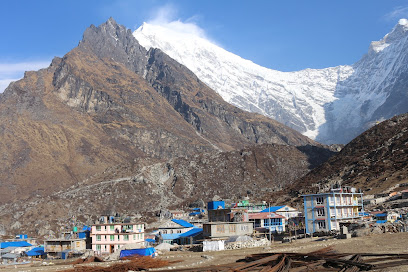
Lamtang Valley
Explore the breathtaking Lamtang Valley in Nepal, where stunning landscapes meet rich cultural heritage for an unforgettable trekking experience.
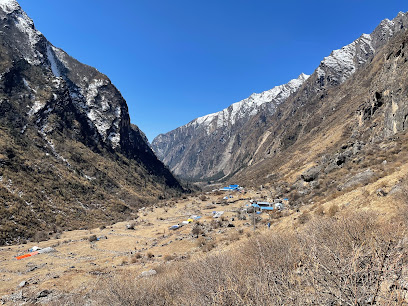
Kanjin Ri
Discover the majestic Kanjin Ri in Nepal, a hiker's paradise with breathtaking views and rich cultural experiences in the heart of the Himalayas.
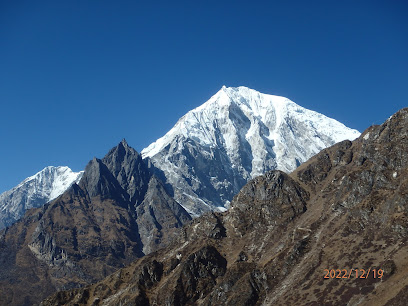
Langtang Village
Experience the breathtaking beauty and rich culture of Langtang Village, the gateway to Nepal's stunning Langtang Valley and its enchanting heritage.
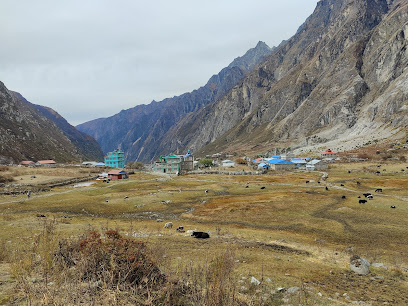
Old Langtang village
Explore the enchanting Old Langtang Village, a resilient Himalayan destination rich in culture, stunning landscapes, and thrilling trekking adventures.

Waiba Pokhari, वाइबा पोखरी
Experience the serene beauty of Waiba Pokhari, a tranquil lake in Langtang, surrounded by breathtaking mountain landscapes and rich cultural experiences.

Gole Pokhari गोले पोखरी
Discover Gole Pokhari, a serene haven in Golche, Nepal, offering breathtaking mountain views and a peaceful retreat into nature's embrace.

Tamang Heritage Trails
Explore the enchanting Tamang Heritage Trails, a perfect blend of breathtaking Himalayan scenery and rich cultural heritage.

Ganja La Trail
Explore the Ganja La Trail for an unforgettable trekking experience in the Langtang region of Nepal, surrounded by stunning landscapes and rich culture.
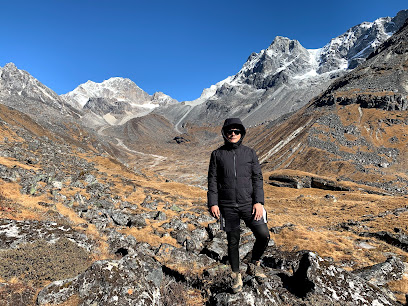
Langtang Peak
Discover the stunning landscapes and cultural richness of Langtang Peak, a must-visit hiking destination in Nepal's majestic Himalayas.
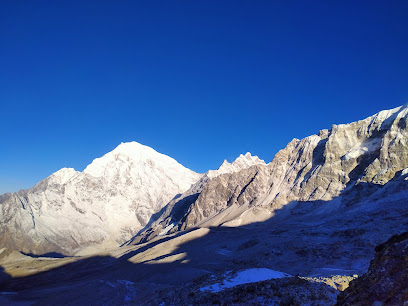
Lirung Glacier View point
Experience the breathtaking beauty of the Himalayas at Lirung Glacier View Point, a must-visit hiking area in Langtang, Nepal.
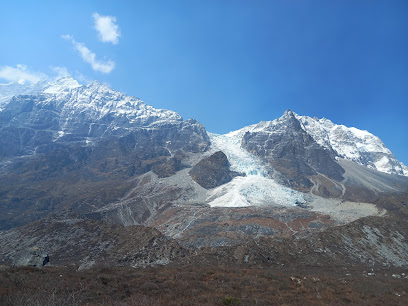
Essential places to dine
Hamlet Restaurant
Discover authentic Nepali cuisine at Hamlet Restaurant on Prithvi Highway – where every dish tells a story of tradition and flavor.
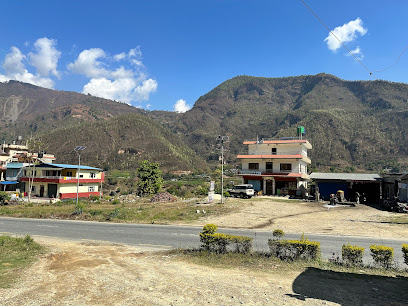
Namaste Gosainkunda Hotel and Lodge
Experience authentic Nepali hospitality at Namaste Gosainkunda Hotel and Lodge while exploring the breathtaking landscapes of Dhunche.
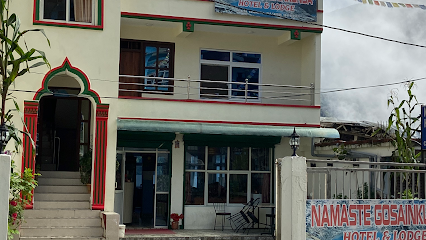
Sunrise Guest House
Discover comfort and breathtaking views at Sunrise Guest House in Langtang - your gateway to Himalayan adventures.
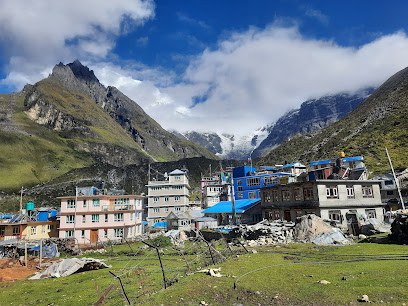
Langtang Trek
Experience breathtaking landscapes and rich culture on your journey through Nepal's stunning Langtang Trek.
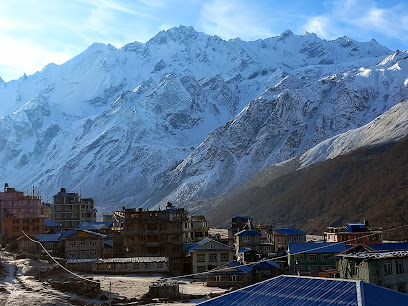
Dorje Bakery Cafe & Coffee Center
Discover culinary bliss at Dorje Bakery Cafe & Coffee Center in Langtang National Park - where fresh pastries meet stunning Himalayan views.
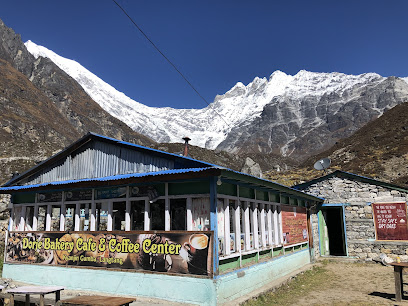
Himalayan Bakery & Cafe,LANGTANG
Experience delicious baked treats and warm hospitality at Himalayan Bakery & Cafe in Langtang – a true culinary delight amidst stunning mountain scenery.
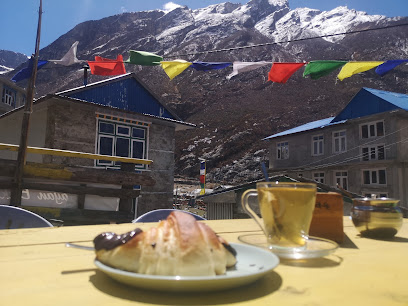
Bamboo Tibet Hotel
Discover the rich flavors of authentic Chinese cuisine at Bamboo Tibet Hotel, where tradition meets taste in a serene setting.
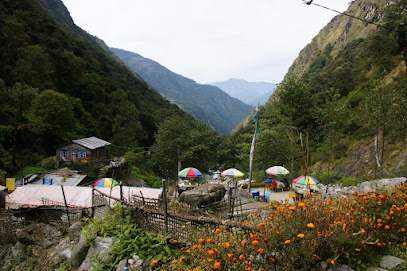
Himalayan Hilton
Experience unparalleled comfort and breathtaking views at Himalayan Hilton in Langtang Valley - your perfect trekking retreat.
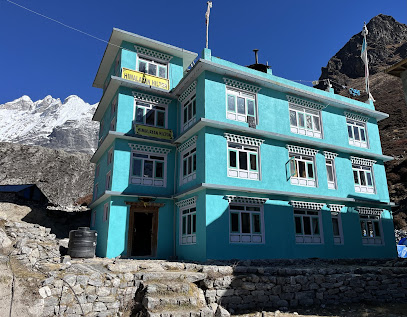
Riverside Hotel
Experience tranquility at Riverside Hotel in Langtang; your gateway to adventure amidst stunning natural landscapes.
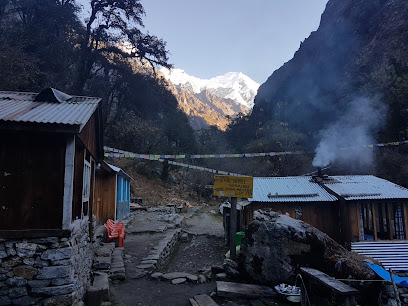
Hello Trekkers Home
Experience authentic Nepali hospitality at Hello Trekkers Home - your perfect retreat in Sherpa Goan with delicious food and breathtaking views.
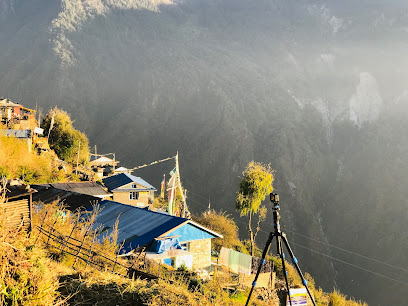
Hotel view point
Discover breathtaking mountain views and cozy accommodations at Hotel View Point in Langtang - your gateway to Himalayan adventures.
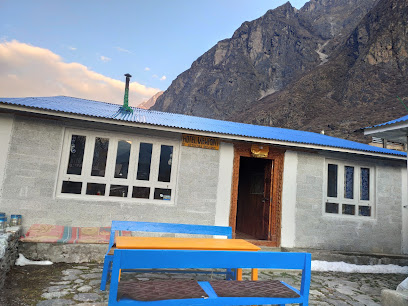
Hotel Samsara
Discover serenity at Hotel Samsara - your home away from home in the heart of Langtang's breathtaking landscapes and rich Tibetan culture.
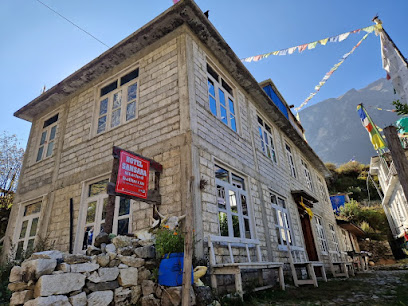
Langtang Valley Trek
Embark on an unforgettable journey through Nepal's stunning Langtang Valley Trek with breathtaking landscapes and rich cultural experiences.
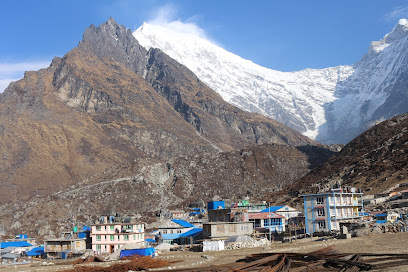
Hotel Super View
Experience unparalleled views and warm hospitality at Hotel Super View in Langtang, your ideal retreat for adventure and relaxation.
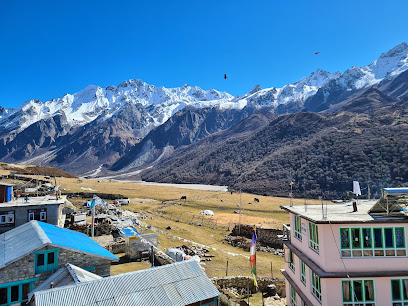
Resting Place Guest House | Bed & Breakfast in Langtang | Trekking Guide Babu Tamang
Discover comfort and breathtaking views at Resting Place Guest House in Langtang - a perfect haven for trekkers and nature enthusiasts.
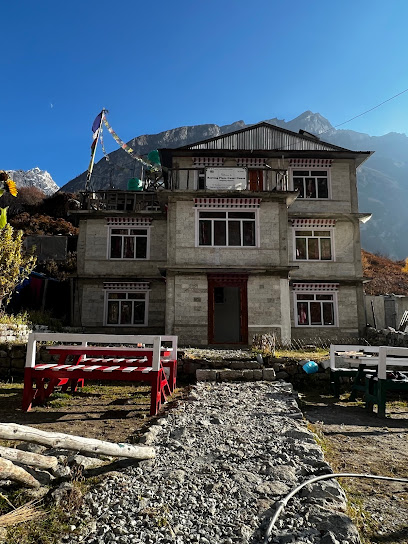
Markets, malls and hidden boutiques
Langtang National Park
Explore the breathtaking landscapes and rich biodiversity of Langtang National Park, a hidden gem in the heart of Nepal's Himalayas.

Kalapatthar Trekking Store
Explore the great outdoors with top-notch trekking gear from Kalapatthar Trekking Store in the heart of Kathmandu's vibrant Thamel district.
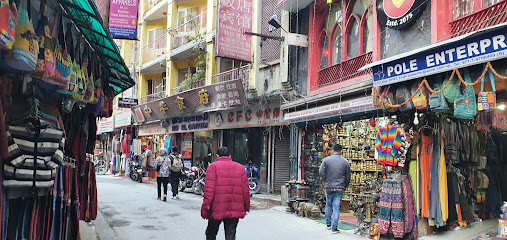
Bandipur Bazar बन्दीपुर बजार
Discover the vibrant culture and local flavors at Bandipur Bazar, a lively marketplace in the heart of Nepal.
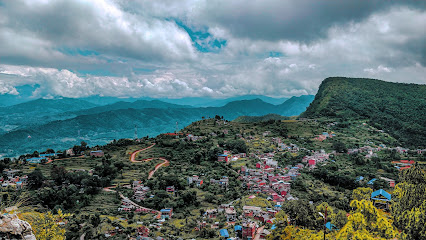
Goreto Gear Traders
Discover top-quality outdoor gear at Goreto Gear Traders in Kathmandu, your ultimate destination for trekking and climbing adventures in Nepal.
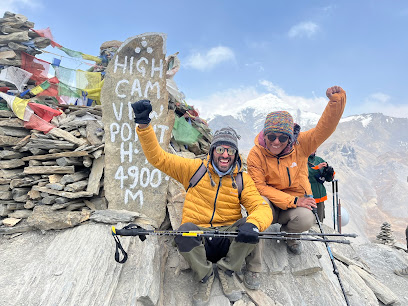
S.K. Handicrafts Export .FAIR TRADE Cashmere Company
Discover the finest fair trade cashmere at S.K. Handicrafts in Kathmandu, where quality meets tradition in every exquisite piece.

Sports Wear International (Official store of HI-HIMAL products)
Find your adventure in Kathmandu at Sports Wear International, the go-to store for top-quality outdoor sports gear and local brands.
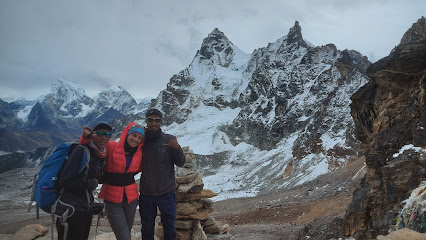
Kakani Adventure Camp
Discover the serene beauty and adventure of Kakani Adventure Camp, offering cozy lodgings and delightful dining in the heart of nature.
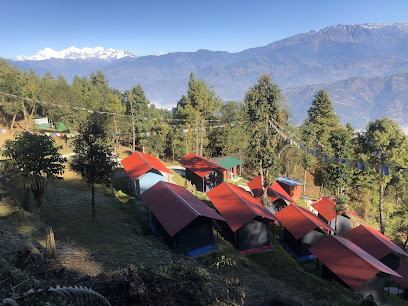
Shona's Alpine
Discover authentic outdoor clothing and equipment at Shona's Alpine, your trusted source for quality trekking gear in Kathmandu.
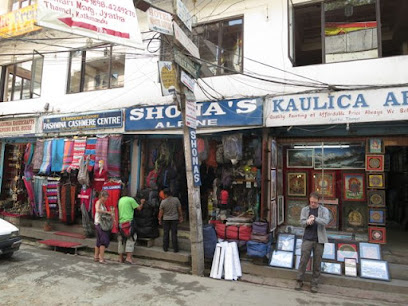
Langtang Trek
Experience the breathtaking beauty and rich culture of Langtang Valley, a premier trekking destination in Nepal's majestic Himalayas.
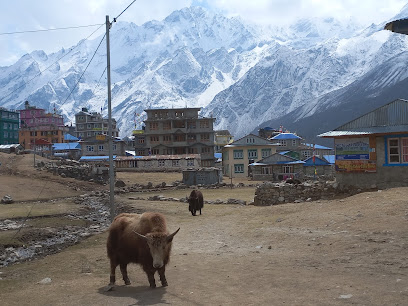
Dhunche Bazar
Explore the vibrant Dhunche Bazar in the Himalayas, where local culture, crafts, and delicious food come together in a stunning mountain setting.
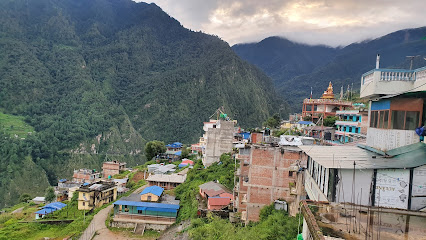
Dorje Bakery Cafe & Coffee Center
Discover the flavors of Langtang at Dorje Bakery Cafe & Coffee Center – where every bite is a taste of adventure amidst breathtaking landscapes.
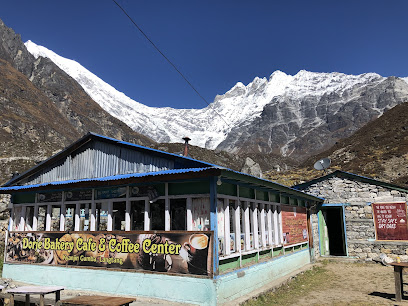
Himalayan Bakery & Cafe,LANGTANG
Discover the flavors of the Himalayas at Himalayan Bakery & Cafe in Langtang, where every bite is a journey into local culinary traditions.
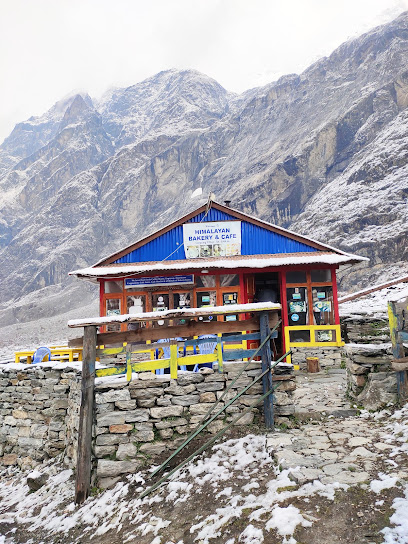
Gorkha Zone Khukuri House
Explore authentic Nepali craftsmanship at Gorkha Zone Khukuri House, your destination for unique khukuris and handcrafted souvenirs in Kathmandu.
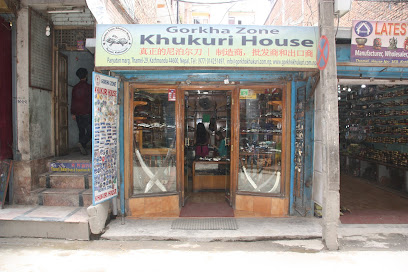
Friendly Export
Explore authentic Nepalese clothing and traditional textiles at Friendly Export in Kathmandu's lively Thamel district.
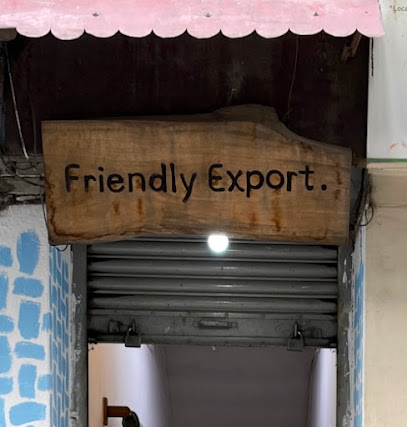
Rimche
Discover the tranquility of Rimche, a charming hostel in Langtang, Nepal, offering warm hospitality, delicious local food, and breathtaking mountain views.
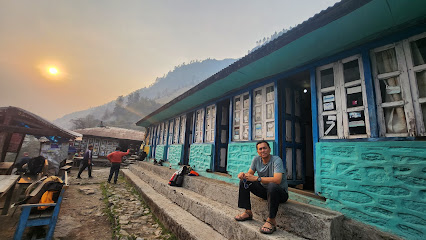
Essential bars & hidden hideouts
Purple Haze Rock Bar
Discover the only rock bar in Nepal, where live music electrifies the atmosphere and every night is a celebration of rock culture.
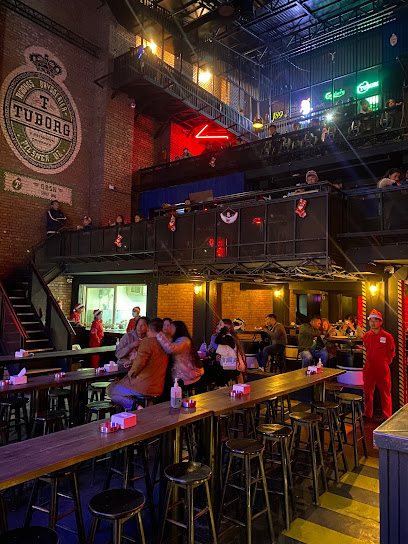
Sam's Bar
Dive into Kathmandu's nightlife at Sam's Bar, where great drinks and vibrant ambiance come together in the heart of Thamel.

Electric Pagoda Bar & Cafe
Discover the vibrant atmosphere of Electric Pagoda Bar & Cafe in Kathmandu, where delightful cuisine meets refreshing drinks amidst eclectic decor.
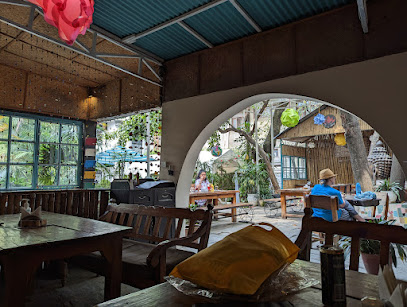
Reggae Bar (रेग्गे बार)
Experience the lively spirit of reggae music and delicious cocktails at Reggae Bar in the heart of Kathmandu's Thamel district.
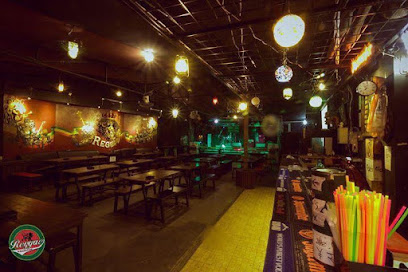
Club Catwalk
Immerse yourself in the vibrant nightlife of Pokhara at Club Catwalk, where music, dancing, and delicious dining create an unforgettable experience.

Hotel Garden inn Shyfru Bensi
Discover tranquility and exceptional hospitality at Hotel Garden Inn Shyfru Bensi, your gateway to the majestic Himalayas.

The Bar Bar Black Sip
Experience the pulse of Kathmandu's nightlife at The Bar Bar Black Sip, where vibrant ambiance meets delightful drinks.
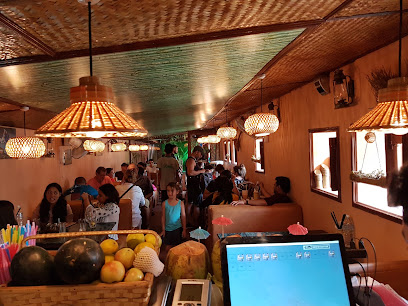
Jatra Cafe & Bar
Discover Jatra Cafe & Bar in Thamel, Kathmandu - a vibrant blend of culture, cuisine, and conviviality in the heart of Nepal.
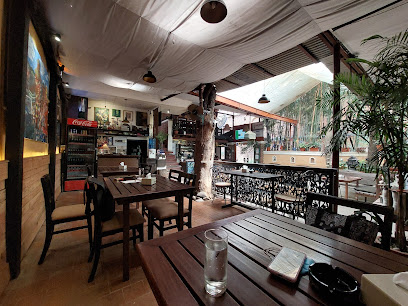
Tom And Jerry Pub
Experience the lively atmosphere and delightful flavors at Tom And Jerry Pub in the heart of Kathmandu's vibrant Thamel district.
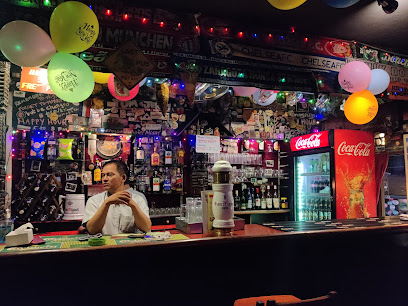
Fat Monk's Bar
Discover the lively nightlife of Kathmandu at Fat Monk's Bar, where great drinks and a welcoming atmosphere await you in the heart of Thamel.
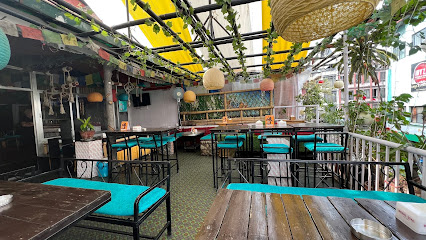
Czech Pub
Experience the authentic taste of Czech cuisine and culture at Czech Pub in Thamel, Kathmandu, where every meal is a celebration.
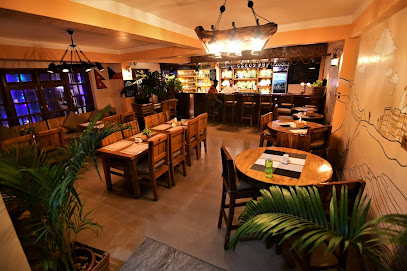
BlackBird
Experience the vibrant nightlife at BlackBird, a unique bar in Thamel, Kathmandu, offering handcrafted cocktails and a lively atmosphere.
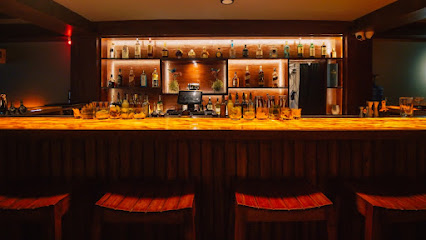
Langtang Trek
Experience the breathtaking beauty and rich culture of the Langtang Trek in Nepal, a premier destination for adventure seekers and nature lovers.
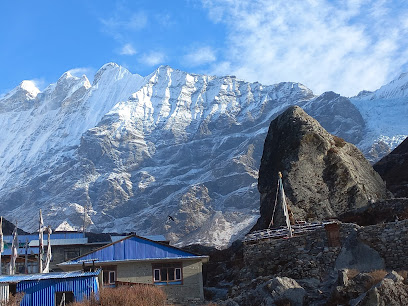
Dorje Bakery Cafe & Coffee Center
Experience the best of Langtang at Dorje Bakery Cafe & Coffee Center – where delicious flavors meet stunning mountain views.
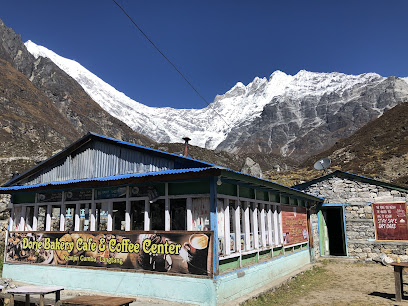
Vintage Family Lodge & Bar
Discover the heart of Letang with delightful dishes and a cozy atmosphere at Vintage Family Lodge & Bar, ideal for tourists and families alike.
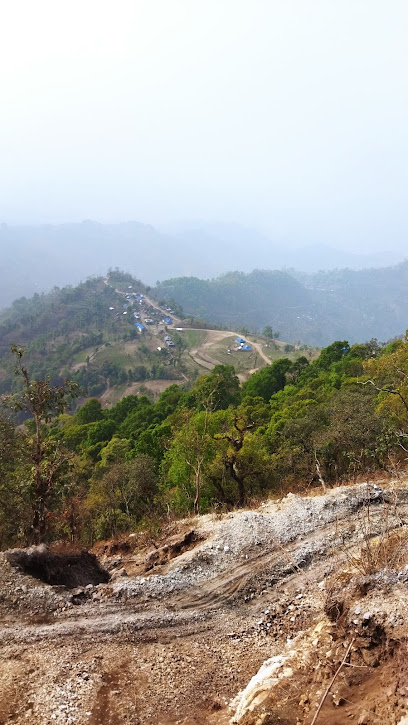
Local Phrases about Langtang Valley
-
- Helloनमस्ते
[namaste] - Goodbyeछोडौ
[chhodau] - Yesहो
[ho] - Noहोइन
[hoin] - Please/You're welcomeकृपया
[kripaya] - Thank youधन्यवाद
[dhanyavad] - Excuse me/Sorryमाफ गर्नुहोस्
[maaf garnuhos] - How are you?तिमीलाई कस्तो छ?
[timilai kasto chha?] - Fine. And you?राम्रो छ। तिमीलाई?
[ramro chha. timilai?] - Do you speak English?तिमी अंग्रेजी बोल्न सक्छौ?
[timi angreji bolna sakchau?] - I don't understandमैले सम्झिन
[maile samjhin]
- Helloनमस्ते
-
- I'd like to see the menu, pleaseकृपया मेनु हेर्न चाहन्छु
[kripaya menu hern chaanchu] - I don't eat meatम भात खाँदिन
[ma bhaat khaandin] - Cheers!चियर्स!
[chiyars!] - I would like to pay, pleaseकृपया भुक्तानी गर्न चाहन्छु
[kripaya bhuktani garn chaanchu]
- I'd like to see the menu, pleaseकृपया मेनु हेर्न चाहन्छु
-
- Help!मदत गर!
[madat gar!] - Go away!दूर जाओ!
[door jao!] - Call the Police!प्रहरी बोलाउ!
[prahari bolaau!] - Call a doctor!डाक्टरलाई बोलाउ!
[daktar lai bolaau!] - I'm lostम गुम्दा गएँ
[ma gumda gae] - I'm illमलाई बिमारी छ
[malai bimari chha]
- Help!मदत गर!
-
- I'd like to buy...म खरिद गर्न चाहन्छु...
[ma kharid garn chaanchu...] - I'm just lookingम बस हेर्दैछु
[ma bas herdai chhu] - How much is it?यो कति हो?
[yo kati ho?] - That's too expensiveयो धेरै महँगो छ
[yo dherai mahango chha] - Can you lower the price?के तपाईं मूल्य हाल्न सक्नुहुन्छ?
[ke tapai mulya haln saknuhunchha?]
- I'd like to buy...म खरिद गर्न चाहन्छु...
-
- What time is it?कति बजे छ?
[kati baje chha?] - It's one o'clockएक बजे छ
[ek baje chha] - Half past (10)दस बजे अर्को कोटि
[das baje arko koti] - Morningबिहान
[bihan] - Afternoonदिउँसो
[diunso] - Eveningसाँझ
[saanjh] - Yesterdayहिजो
[hijo] - Todayआज
[aaj] - Tomorrowभोलि
[bholi] - 1एक
[ek] - 2दुई
[dui] - 3तीन
[tin] - 4चार
[chaar] - 5पाँच
[paanch] - 6छ
[chh] - 7सात
[saat] - 8आठ
[aath] - 9नौ
[nau] - 10दस
[das]
- What time is it?कति बजे छ?
-
- Where's a/the...?...कहाँ छ?
[...kaha chha?] - What's the address?ठेगाना के हो?
[thegana ke ho?] - Can you show me (on the map)?तपाईंले मलाई देखाउन सक्नु हुन्छ?
[tapainle malai dekhaun saknuhunchha?] - When's the next (bus)?अर्को (बस) कहिले छ?
[arko (bas) kahile chha?] - A ticket (to ....)एक टिकट (....मा)
[ek ticket (....ma)]
- Where's a/the...?...कहाँ छ?
History of Langtang Valley
-
Langtang Valley, nestled in the Himalayas of Nepal, has been home to indigenous communities for centuries. The valley is believed to have been named after Langtang Lirung, a prominent peak in the region. The name 'Langtang' is derived from the Tibetan words 'Lang' (ox) and 'Tang' (to follow), based on a local legend involving a Tibetan Buddhist lama following a runaway ox into the valley.
-
The culture of Langtang Valley has been significantly influenced by Tibetan Buddhism due to its proximity to the Tibetan border. The valley has numerous monasteries and chortens (Buddhist shrines), the most notable being the Kyanjin Gompa. The Tibetan refugees who settled in the valley brought with them their rich traditions, crafts, and religious practices, which are still evident today.
-
Langtang National Park was established in 1976, making it the first Himalayan national park in Nepal. The park spans an area of 1,710 square kilometers and is home to diverse flora and fauna, including the endangered red panda and snow leopard. The establishment of the park aimed to preserve the unique biodiversity of the region while promoting eco-tourism.
-
On April 25, 2015, a devastating earthquake struck Nepal, causing significant destruction in Langtang Valley. The village of Langtang was buried under a massive landslide triggered by the quake, resulting in the loss of many lives and homes. The disaster had a profound impact on the local community and the valley's infrastructure, but reconstruction efforts have been ongoing, showcasing the resilience of the Langtang people.
-
In the years following the 2015 earthquake, Langtang Valley has seen a resurgence in tourism. The local community has worked tirelessly to rebuild lodges, trails, and monasteries, welcoming trekkers and adventurers from around the world. The valley has become a symbol of recovery and hope, attracting visitors who wish to experience its natural beauty and rich cultural heritage.
Langtang Valley Essentials
-
Langtang Valley is located about 51 kilometers north of Kathmandu, Nepal. The most common way to get there is by road. From Kathmandu, you can take a bus or hire a jeep to Syabrubesi, the gateway to Langtang Valley. The journey typically takes about 7 to 9 hours depending on road conditions. From Syabrubesi, you will need to trek to reach the valley, which usually takes about 2 to 3 days.
-
Within Langtang Valley, transportation is primarily by foot as it is a remote trekking area. There are no roads for vehicles within the valley itself. Porters and yaks can be hired to carry heavy loads. For longer journeys or to travel back to Kathmandu, you can hire a jeep or take a bus from Syabrubesi.
-
The official currency in Nepal is the Nepalese Rupee (NPR). In Langtang Valley, cash is king. Make sure to carry enough cash as there are no ATMs beyond Syabrubesi. Credit card facilities are almost non-existent in the valley, so ensure you have sufficient cash for your entire stay. It is advisable to exchange money in Kathmandu before heading to Langtang Valley.
-
Langtang Valley is generally safe for tourists, but it's always good to take precautions. Petty theft can occur, so keep your belongings secure. Avoid trekking alone and be cautious of wildlife. Stay informed about weather conditions, as landslides and avalanches can happen. There are no specific high-crime areas targeting tourists, but always stay vigilant and aware of your surroundings.
-
In case of emergency, you can contact the local police or the Nepal Mountaineering Association for assistance. The nearest health post is in Syabrubesi, but for serious medical emergencies, you may need to be evacuated to Kathmandu. Ensure you have travel insurance that covers high-altitude trekking and emergency evacuation. For minor health issues, carry a basic first aid kit and essential medications.
-
Fashion: Do dress modestly, especially when visiting religious sites. Avoid wearing revealing clothing. Religion: Do respect local customs and traditions. Always remove your shoes when entering temples and monasteries. Public Transport: Do be respectful and give up your seat to elderly passengers. Don't eat or drink on public transport. Greetings: Do greet people with a 'Namaste' and a slight bow of the head. Eating & Drinking: Do try local delicacies and accept food offerings graciously. Don't refuse hospitality, as it is considered impolite.
-
To experience Langtang Valley like a local, engage with the Tamang and Sherpa communities. Visit local cheese factories where you can taste yak cheese. Participate in local festivals if you happen to be there during one. Try to learn a few basic Nepali phrases; locals appreciate the effort and it can enhance your experience. Don't miss the sunrise view from Kyanjin Ri, which offers breathtaking vistas of the surrounding peaks.
Nearby Cities to Langtang Valley
-
Things To Do in Kathmandu
-
Things To Do in Bhaktapur
-
Things To Do in Patan
-
Things To Do in Gorkha
-
Things To Do in Namche Bazaar
-
Things To Do in Bandipur
-
Things To Do in Chitwan
-
Things To Do in Pokhara
-
Things To Do in Lumbini
-
Things To Do in Darjeeling
-
Things To Do in Patna
-
Things To Do in Gangtok
-
Things To Do in Siliguri
-
Things To Do in Paro
-
Things To Do in Phuentsholing

